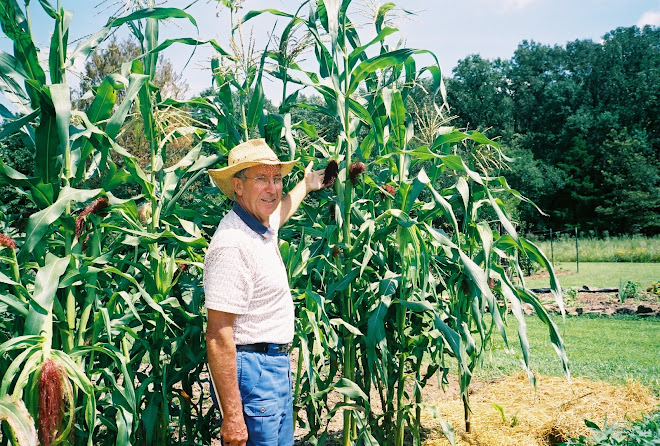Thinning: We survived the heat and drought and now is the time to enjoy fall vegetable gardening. Hopefully your crops are growing and you are siting back and waiting....OOOOps! Not quite. I see a lot of gardens where carrot, beet, radish, spinach, lettuce, and turnip production is not good, simply because the crop was not thinned. The seeds are small and planted too close together, and then the plants are not thinned as required.
For the most part, the sooner you thin the better. Give the plants space to grow. I plant in 4-foot wide beds so I have blocks of vegetables. The number of rows is determined by the unique spacing required for each vegetable. In “How to Grow More Vegetables” by John Jeavons, there are spacing tables. This is an excellent guide, but I usually increase the spacing by an inch or two for the fall plantings. I want them to grow as fast as possible, and a little more space helps to get them to the market or table sooner. Here are a few spacings (in inches) that are good for the fall: Carrots - 4, Beets - 5, Radishes - 3, Spinach - 9, Turnips - 6, Lettuce - 6-12 (depends on variety).
Transplanting: Sometime I sow seeds very close together, with the idea that the small plants will all get transplanted. This works fine with beets, spinach and lettuce, and can be done at the two-leaf stage, when the plants are only an inch tall. Beets can be transplanted after they are several inches tall, but not as easily. Carrots can be transplanted but
the job requires a lot of careful placement and patience. With pelleted carrot seed, like I used this fall, the spacing is more uniform, and so little thinning or transplanting is needed.
Mycorrhizal Fungi: These are the good guys and you want them on your team. Over 90
percent of the plants known use them in a mutually beneficial manner. They are not visible with the naked eye, but are attached to plant roots. In a real sense they are root extensions -- bringing water and nutrients into the plant. A thimble full of healthy soil can contain several miles of fungal filaments.
An acre of healthy top soil can have 2500 pounds of mycorrhizal fungi. This is good organic matter.
Soil Tilth and Mycorrhizae Soil tilth is about good soil structure -- soils that work easily, don’t crust, and take in water and air. Soils with good tilth are said to be well-aggregated, with soil particles joined together in stable clusters.
A few years ago, A USDA microbiologist Sara Wright named the glue that holds the soil aggregates together. She called it “glomalin,” from the Glomales group of mycorrhizal fungi. This gooey protein comes from the tiny fungi filaments. Its a sticky glue that helps your soil in many ways.
Do you have the Glomales fungi species in your soil? Maybe, maybe not. They occur naturally in most undisturbed soil systems. But they can also be destroyed by some fungicides, and can be reduced by high rates of available phosphorus. If you are concerned your garden is lacking in mycorrhizae, go on line and order some. If you want some recommended sources, please contact me.
It goes without saying, but the organic route is an
excellent way to keep the good guys (Mycorrhizae) on your team.

